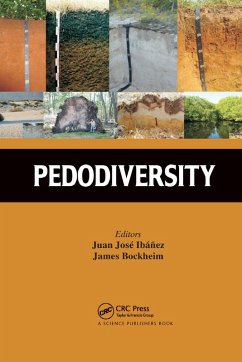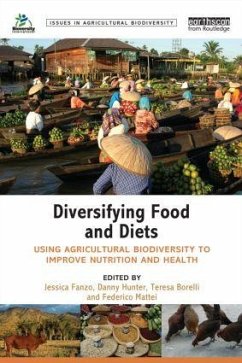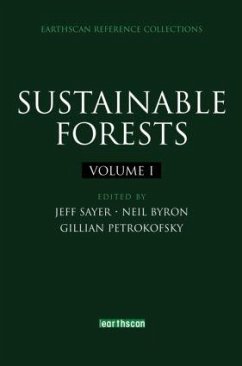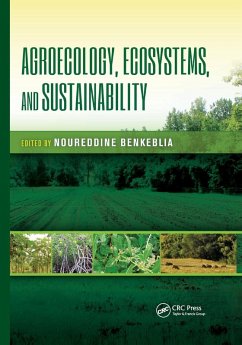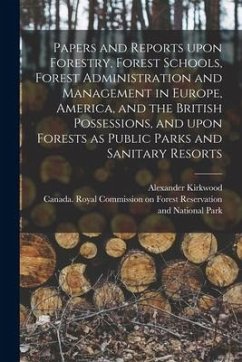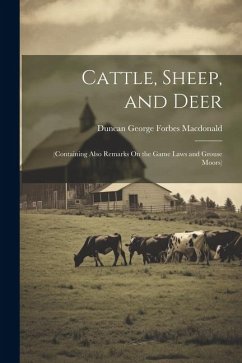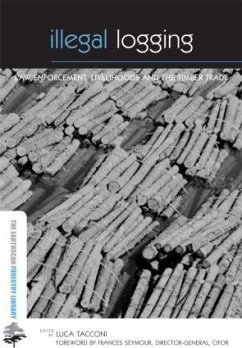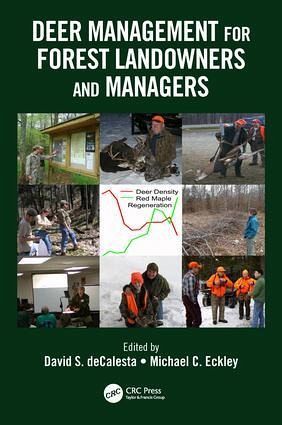
Deer Management for Forest Landowners and Managers
Versandkostenfrei!
Versandfertig in 1-2 Wochen
81,99 €
inkl. MwSt.
Weitere Ausgaben:

PAYBACK Punkte
41 °P sammeln!
This book is designed to help landowners and forestry professionals develop, implement, and monitor programs to manage both deer and forests with emphasis on resolving deer impact issues. The book presents an integrated, quantitative approach for managing deer populations and impacts so users can manage forest resources sustainably.






